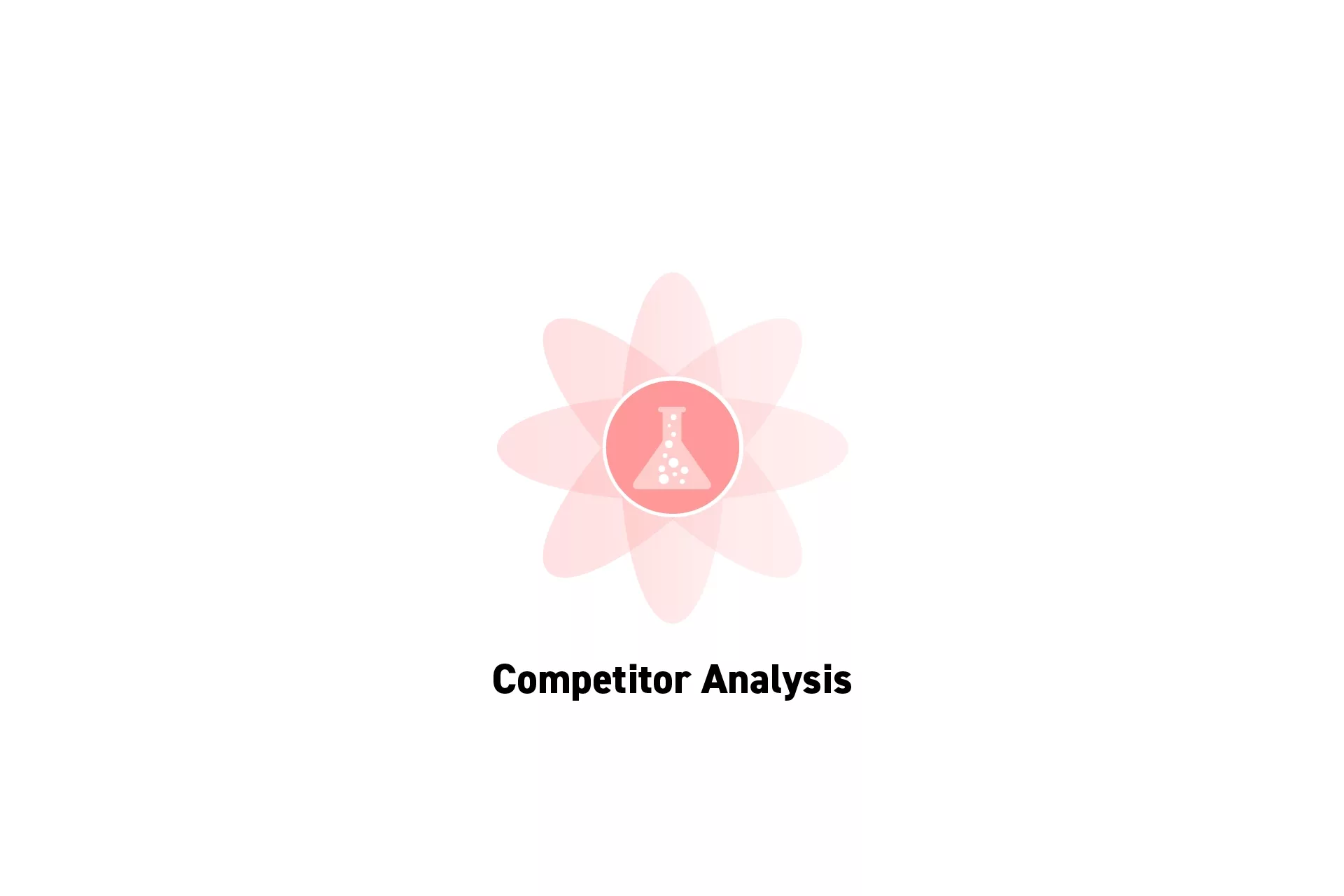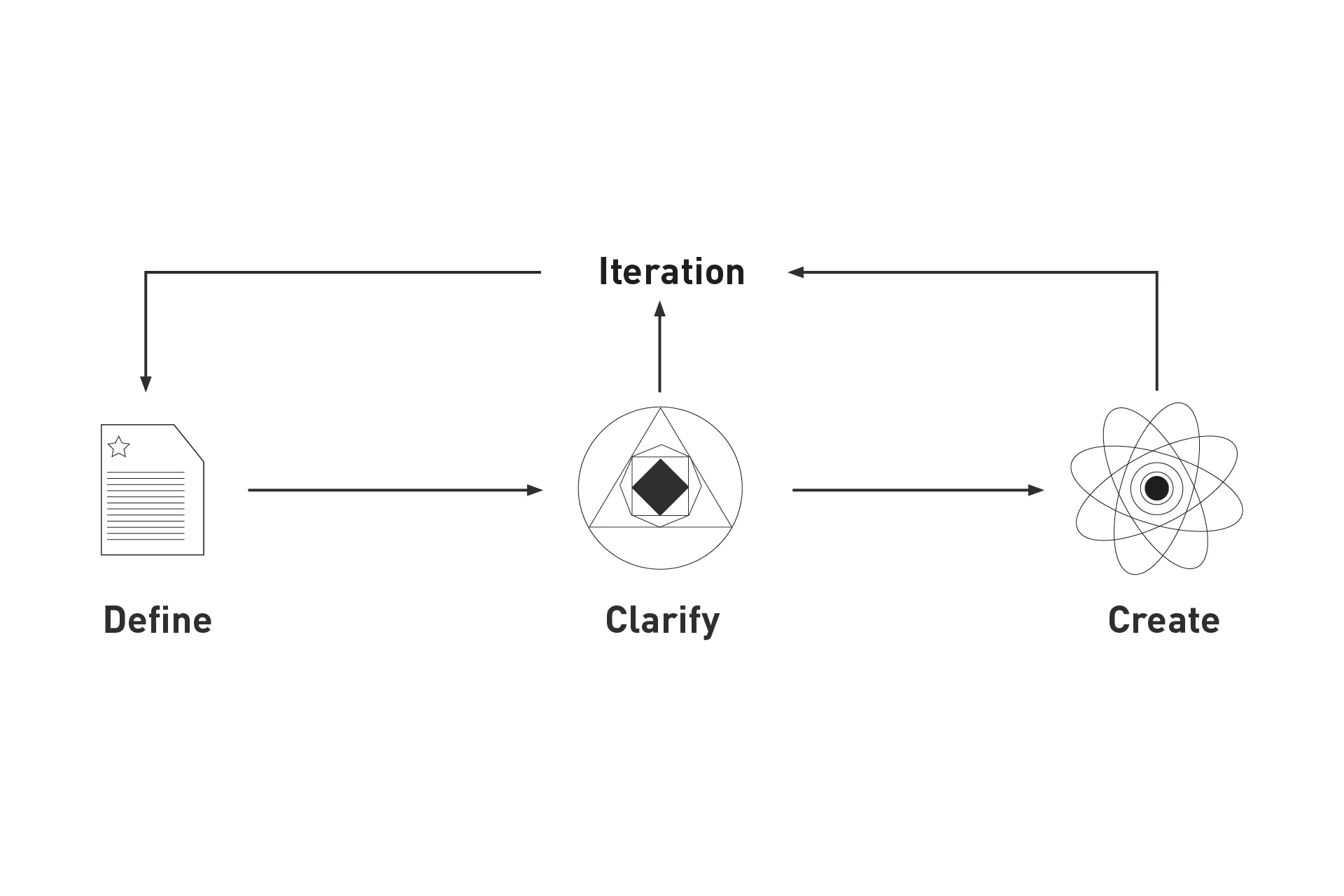How to create a Competitor Analysis
A five step process to carrying out a competitive analysis, competitor analysis or competition analysis.

A five step process to carrying out a competitive analysis, competitor analysis or competition analysis.
SubscribeWhat is a Competitor Analysis?Step One: Write a Hypothesis
In order to create a competitor analysis, you must define the problem that you are trying to solve or the idea that you want to validate.
Please note that the hypothesis could relate to a feature, product, service or experience and could pertain to an entirely new creation or an addition to an existing creation.
Step Two: Define the target audience
Competitive analyses are intended to help you gather an in depth understanding about the businesses that service or help a cohort.
This cohort could also be seen as a collective within your target audience, which must be defined in order to make sure you gather the right people.
Step Three: Identify the Competition
Using Google or another search method like ChatGPT, make a list of 5+ competitors that offer features, products, services or experiences similar to the ones that you are pursuing.
Step Four: Analyze the companies
For each competitor identified in Step Three, create a company profile that describes one or more of:
- Who they are, their size and mission.
- Their key features, products, services and/or experiences and how they stand out from the opposition.
- Their marketing strategies (i.e. promotional tactics and selling tactics).
- The price customers pay for their products, services and/or experiences.
- What technology they use
- A breakdown of the strengths and weaknesses of the business, products, services and/or experiences.
Please note that you may wish to mix this competitive analysis with a SWOT analysis.
Step Five: Evaluate the Competition
Make a matrix or diagram that compares the company profiles.
Once you have a created the matrix or diagram, evaluate the market to see where you can improve your product, service or experience or where you can create something new that brings value to your target audience.
Additionally, we recommend that you consult our Methods for Synthesizing User Research article linked below to learn about design thinking products that could come out of the research that you have conducted.
These products are created using popular design research methodologies which are intended to help you and your organization innovate effectively.
Always remember, the work is never done

delasign's process
When carrying out a competitive analysis, it is important to note that they are neither a start nor an end.
They should serve as an evaluation of what your competitors are doing and where you could create or refine your product, service, experience or hypothesis as you progress.
They are also capable of demonstrating that you should not pursue a feature or a product, service or experience - and that's OK.
Looking to learn more about Research and Strategy?
Search our blog to find educational content on research and strategy.